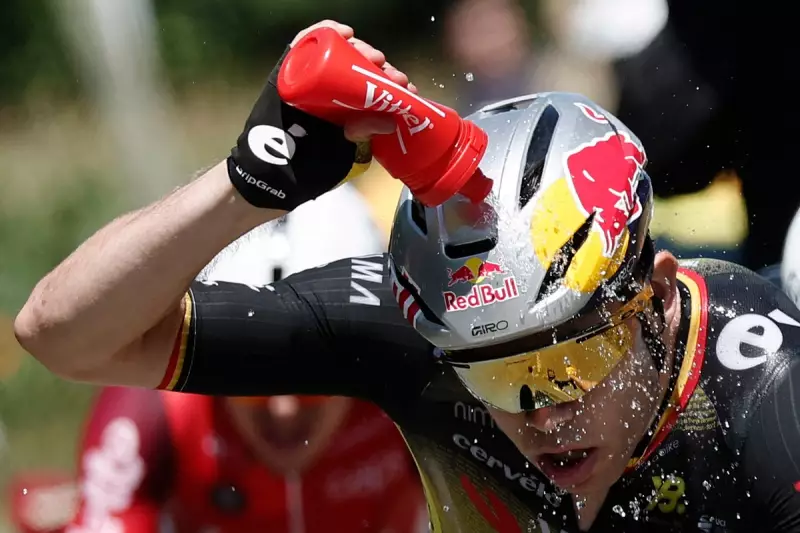
When it comes to the Tour de France, most fans focus on the gruelling climbs, breakneck sprints, and tactical masterstrokes. But there's another, less glamorous aspect of the race that rarely makes the highlights reel: the riders' bathroom breaks.
Nature Calls Mid-Race
With stages lasting upwards of five hours and speeds averaging 40km/h, stopping for a toilet break simply isn't an option for professional cyclists. So how do they answer nature's call without losing precious time?
The Peloton's Unwritten Rules
Experienced riders know when it's acceptable to relieve themselves during a race. The peloton operates on an unspoken etiquette:
- Early in the stage when the pace is steady
- During less competitive sections of the route
- With a discreet signal to fellow riders
"It's all about mutual respect," explains veteran cycling journalist Philippe Bouvet. "When a rider moves to the side of the pack and starts unzipping, everyone understands."
The Logistics of Going on the Go
For those wondering about the mechanics, riders have developed techniques to minimise mess and maintain dignity:
- Slowing slightly to drop to the back of the peloton
- Using the bike's motion to create separation
- Quickly rejoining the pack afterwards
Team cars follow closely with fresh water bottles to help riders clean up afterwards. In extreme cases, some professionals have been known to relieve themselves while still pedalling - a skill that requires remarkable coordination.
When Nature Won't Wait
There are times when even these methods fail. Former rider Jens Voigt recalls: "I once had to go so badly during a mountain stage that I jumped off my bike, did my business in a ditch, and had to chase back for 20 minutes."
While television cameras usually avoid these moments, eagle-eyed fans occasionally spot the discreet manoeuvres that keep the peloton rolling - proving that even elite athletes are human after all.





